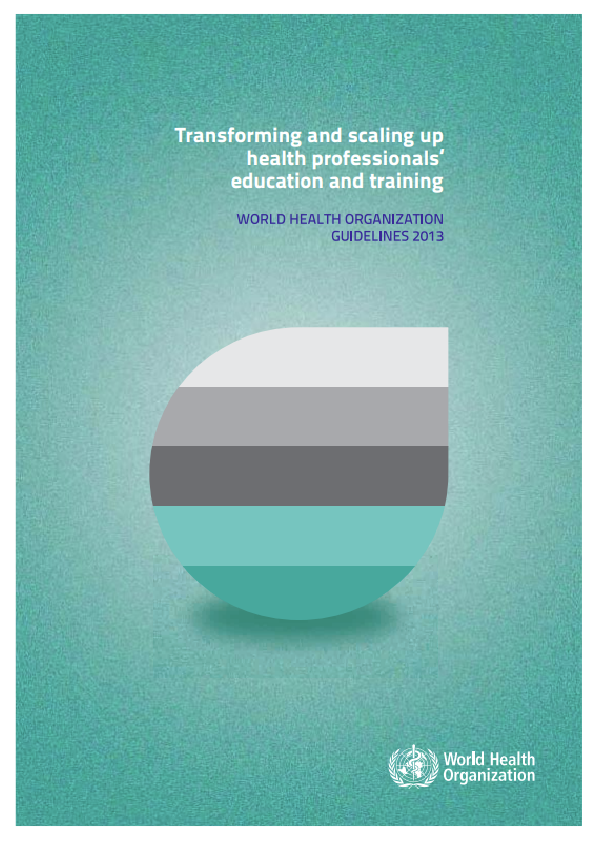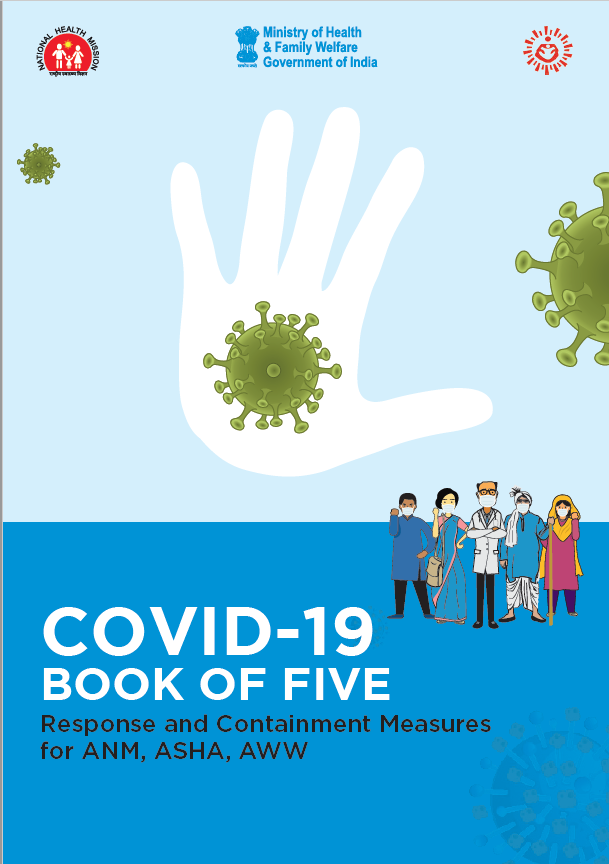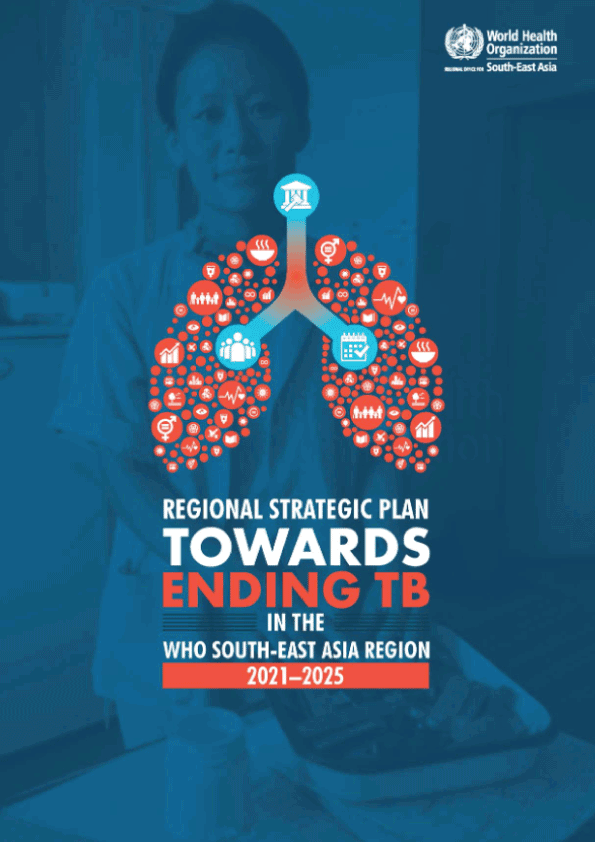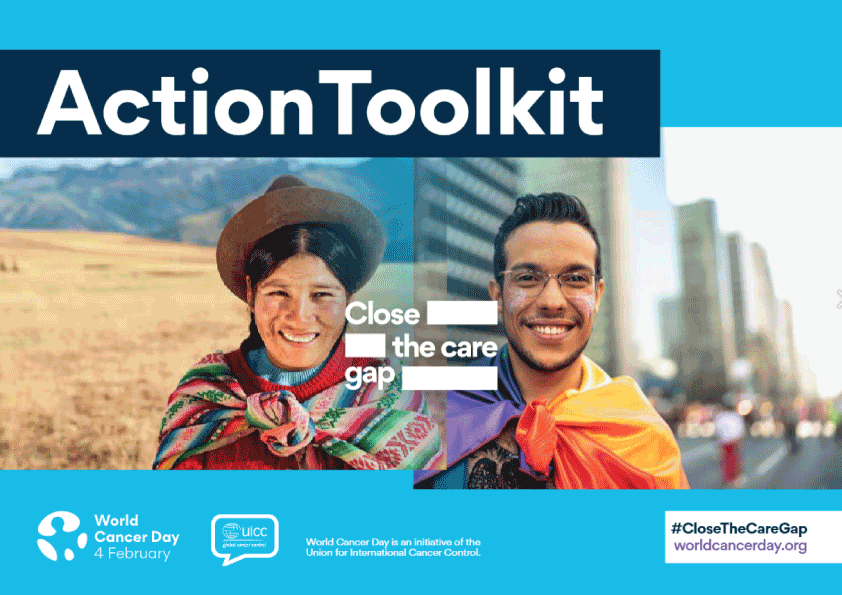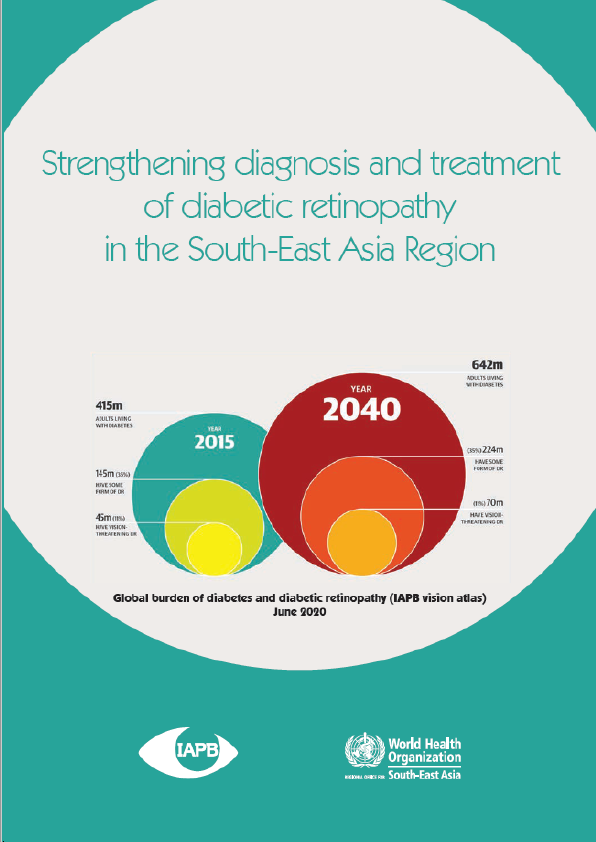With this publication, WHO issues its first guidelines for ‘Transforming and Scaling up Health Professionals’ Education and Training’. The guidelines are expected to give rise to regional and country-based policy and technical dialogues with key stakeholders in education, health, finance, and labor, on how best to finance health professionals’ training and prepare health professionals for the 21st century.
The guidelines draw on the most recent evidence on what underpins the concept of transforming health professionals’ education to frame the recommendations. The global health community has been made aware through reports, global meetings, and policy dialogues, that there is a severe health workforce crisis in 57 countries globally as stated in the 2006 World Health Report. However, these workforce shortages are by no means confined to the 57 countries most severely affected. In virtually every country, shortages have been accompanied by an imbalance in the skill mix of teams and uneven geographical distribution of health professionals, leaving millions without access to health services.
More professional health workers are needed, but it has become clear that efforts to scale up health professionals’ education must not only increase the number of health workers but also address issues of quality and relevance in order to address population health needs. Educational institutions need to increase their capacity to teach in terms of infrastructure but also: improve the competencies of existing staff and increase their numbers; reform admissions criteria; strengthen health professionals’ competencies by revising and updating curricula on a regular basis; and link the disease burden to training needs. For persons wishing to change careers mid-stream, or even students of other disciplines wishing to become health professionals, there should be pathways that make these changes possible. The international community has an important role to play by partnering in support of country-led efforts to achieve these reforms.
These recommendations should attract strong political commitment to regular and structured mechanisms for better collaboration between the education and health sectors, other national authorities, and the private sector with the intent to improve the match between health professionals’ education and the realities of health service delivery. There are therefore recommendations that address: political commitment to reform of health professionals’ education; formal collaboration and shared accountability between ministries of health, education, and other related ministries; linkage to a national planning process; and the creation or strengthening of national and sub-national institutions.
It is the intention that these guidelines spark many dialogues in the public and private sector, including non-governmental organizations, and fuel a growing movement to tackle the challenges facing the professional health workforce and contribute to a new era for health professionals’ education.
To achieve this transformational process, The WHO Initiative on transforming and scaling up health professionals’ education and training becomes a major contribution to the challenging task of reshaping the health workforce of countries for the benefit and well-being of their citizens.
These guidelines set out a vision of such a transformation of education for the health professions, and offer recommendations on how best to achieve the goal of producing graduates responsive to the health needs of the populations they serve. Specifically, the guidelines aim to: provide sound policy and technical guidance in the area of pre-service education, particularly to countries experiencing shortages of doctors, nurses, midwives, and other health professionals; and guide countries on how to integrate continuing professional development (CPD) as part of medical, nursing, midwifery and other health professionals’ education scale-up in order to ensure the excellence of care, responsive health service delivery, and sustainable health systems. Country ownership in determining priorities and setting policy is required in each of the five identified guideline domains:
- Education and training institutions,
- Accreditation, regulation,
- Financing and sustainability,
- Monitoring and evaluating, and
- Governance and planning.
The recommendations cover a wide range from the development of community-engaged relevant curricula through to equipping health professionals with the skills to be high-quality competent clinical teachers and academic faculty, all of which contribute to preparing high-quality competent health graduates to practice in areas of need. Hence, a greater alignment between educational institutions and the health care system will be the necessary ingredient to bring about transformative change and leadership in preparing future graduates who have an affinity to work in rural and remote areas where the challenging issues of health equity and equality remain.
VP Flipbook Maker
This flipbook was made with the free flipbook maker from Visual Paradigm Online, you can also develop a book like this. Create online flipbooks, design, publish and share your flipbooks online, try it now!
